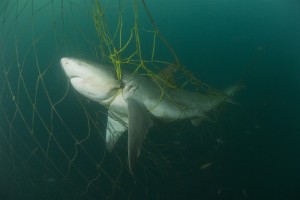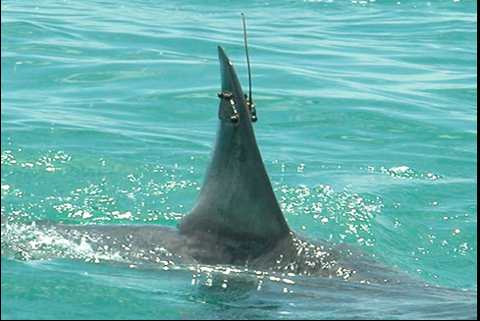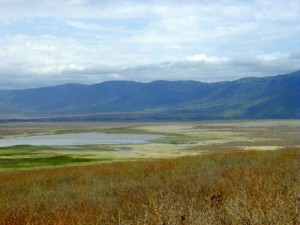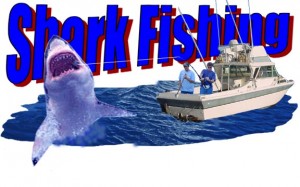Shark populations around the world are crashing. Researchers have reported that many populations have decreased by 90% or more since the 1970’s. The leading causes for these precipitous declines are bycatch, which kills tens of millions of sharks each year, and the shark fin fishery, which kills as many as 73 million sharks each year. In this edition of State of the Field, I will explain what different countries are doing about this problem.
In many parts of the world, it is still legal to cut the fins off of a still-living shark and dump the rest of the animal overboard where it will bleed to death or drown. Other nations have a variety of management policies.

Read More “State of the Field: Shark Conservation Policies” »



